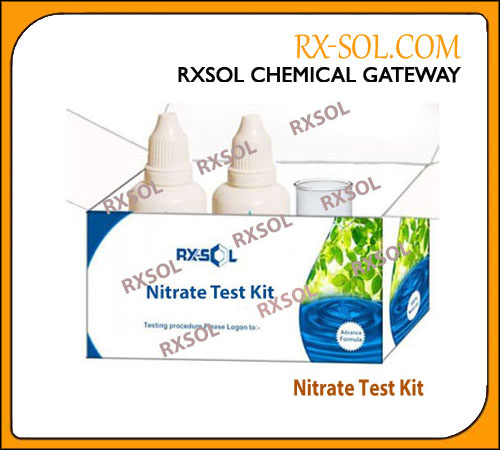Your shopping cart is empty.
Categories: Test Kit For Water-62
Images: 

Product Short Description: Nitrites are useful as corrosion inhibitors, preservatives, pigments, and in manufacturing many organic preservative chemicals. A Maximum Contaminant Level of 1 mg/L has been established by the USEPA for nitrite-nitrogen in drinking water.
Product Description:
::Very simple 3 step procedure ::
Applications and Industries: Industrial process waters, boiler water, cooling waters
Chemistry: Results are expressed in ppm (mg/L) sodium nitrite (NaNO2).
Product Application:
The method is free from glycol interference in samples that contain up to 75% glycol, making it particularly applicable to systems that contain nitrite corrosion inhibitors. Results are expressed as ppm (mg/L) NaNO2.
Product Dose:
PROCEDURE for test ( STEP WISE ):
- Measure 1 ml of SAMPLE WATER in graduated TEST TUBE / CYLINDER , with the help of syringe / pippet and diluted with Distilled Water up to 10 ml.
- Add 1-2 drops of RXSOL TK5 and mix with the stirring rod , to obtain ORANGE / light reddish colour.
-
Add RXSOL TK6 drop by drop , mixing with the stirring rod until For endpoint ORANGE to BLUE / GREENISH colour just appears / develop.
Each DROPS is equivalent to 50 PPM of NO2
CALCULATION : 50 X Number of DROPS of TK6
Product Note:
Storage Requirements: Kits should be stored in the dark and at room temperature.
Shelf Life: The nitrite Titrets kits have 2-year shelf lives.
Accuracy: Due to the non-linear nature of the test scale, the accuracy of this test varies with the location of the test result on the scale. At twice the minimum concentration for a particular
NITRITE IMPORTANCE :
Nitrite, an intermediate in the nitrogen cycle, is formed during the decomposition of organic matter but readily oxidizes to form nitrate. These processes occur in wastewater treatment plants, water distribution systems, and natural waters. Nitrites are useful as corrosion inhibitors, preservatives, pigments, and in manufacturing many organic preservative chemicals. A Maximum Contaminant Level of 1 mg/L has been established by the USEPA for nitrite-nitrogen in drinking water.
